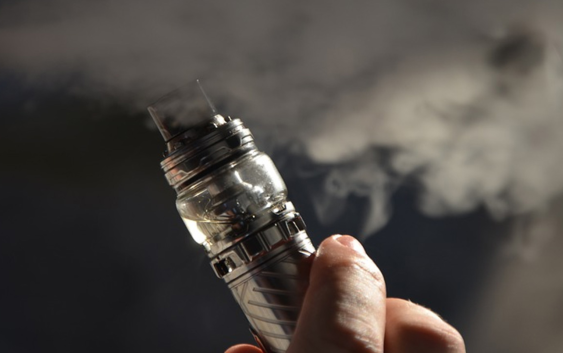Unveiling the Truth: Is Vaping Without Nicotine Safe or Not?

Introduction: In recent years, vaping has gained popularity as an alternative to traditional smoking, but concerns persist regarding its safety, particularly when nicotine is involved. However, what about vaping without nicotine? In this discussion, we will unveil the truth behind whether vaping Is vaping Without Nicotine Safe or not.
Understanding Vaping Without Nicotine:
Vaping without nicotine involves inhaling vapor from an e-cigarette or vape device that contains flavored e-liquids but lacks nicotine content. While nicotine is the addictive substance found in traditional cigarettes, many individuals opt for nicotine-free vaping for various reasons, including flavor enjoyment, social aspects, and as a smoking cessation aid.
The Safety Perspective:
Vaping without nicotine is generally considered safer than traditional smoking. Without nicotine, vapers eliminate the addictive component and reduce their exposure to harmful chemicals found in tobacco smoke. This may lead to improved respiratory health, reduced risk of cardiovascular diseases, and decreased likelihood of addiction-related issues.
However, it’s crucial to recognize that vaping without nicotine is not entirely risk-free. While e-liquids typically contain fewer harmful chemicals than tobacco smoke, they may still contain substances like propylene glycol, vegetable glycerin, and flavorings, which can potentially pose health risks when vaporized and inhaled. Additionally, the long-term effects of inhaling vaporized chemicals remain uncertain, warranting further research into the safety of vaping without nicotine.
Potential Concerns:
Despite the absence of nicotine, vaping without nicotine may still raise concerns regarding respiratory health. Inhalation of vaporized chemicals could irritate the lungs and airways, leading to respiratory symptoms such as coughing, wheezing, and shortness of breath. Furthermore, certain flavoring compounds used in e-liquids may pose risks when heated and inhaled, potentially causing respiratory inflammation or allergic reactions in susceptible individuals.
Moreover, the social normalization of vaping, even without nicotine, may inadvertently encourage non-smokers, including youth, to initiate vaping behavior, potentially leading to nicotine addiction or subsequent tobacco use.
Conclusion:
In conclusion, while vaping without nicotine is generally considered safer than traditional smoking, it is not without potential risks. While it may offer benefits for individuals seeking to quit smoking or reduce nicotine dependence, concerns remain regarding its impact on respiratory health and its potential to normalize vaping behavior, especially among non-smokers. As research continues to unfold, it’s essential for individuals to make informed decisions about vaping and consider the potential risks and benefits associated with vaping without nicotine.
